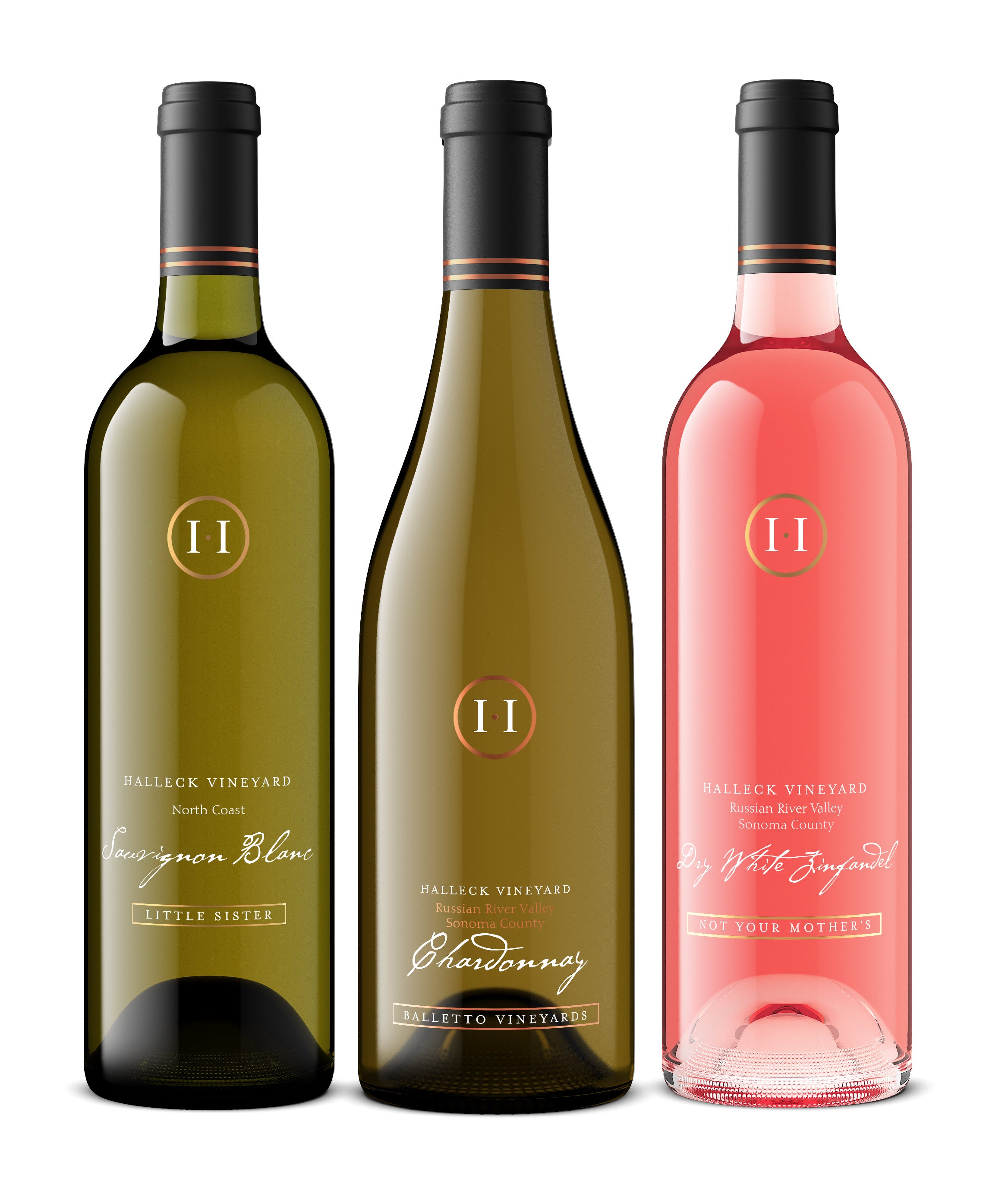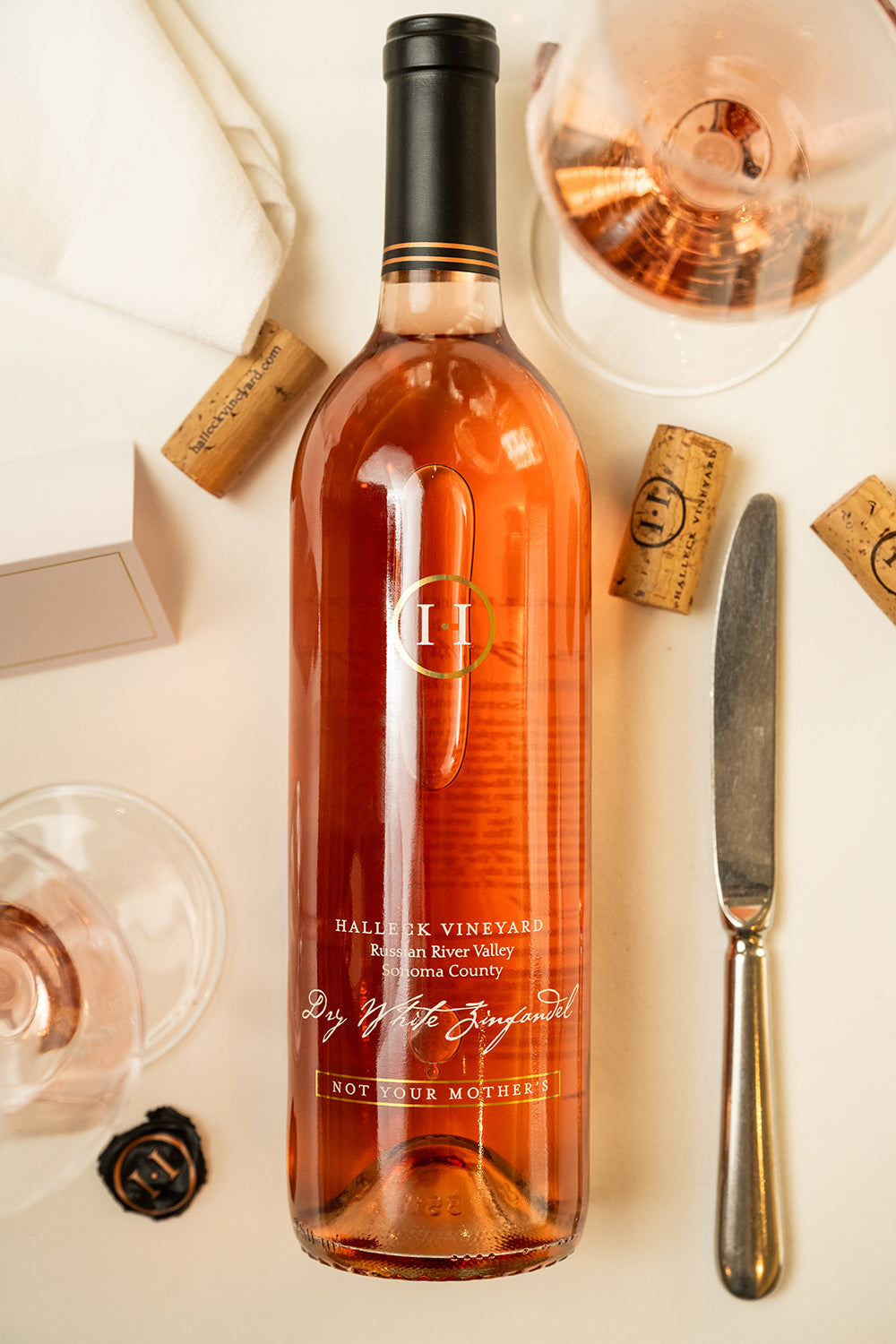Local Favorite Wineries In Sonoma - Enjoying A Vineyard In Sonoma
Charming Wineries With Views In Sonoma Valley - The Charm Of Sonoma Wineries
Wine tasting is an art that combines sensory experience with an appreciation for the nuances of different varietals. How to evaluate flavors in winery wine tasting classes is pivotal to greedy the complexities of wine.
Participating in a wine tasting includes more than merely sipping and savoring. It requires a focused approach to determine aromas and flavors that every wine presents. As you start, observe the wine's look, noting its shade and clarity. These visible cues usually recommend a wine’s age, grape selection, and even potential flavor profiles.
The next step within the tasting process is to swirl the wine in your glass. This action releases aromatic compounds that are vital for evaluation. Lean in and take a moment to inhale deeply; the aromas can vary from floral and fruity to spicy and earthy. The nose of the wine is just as important because the palate, and recognizing scents plays a big position in understanding the general experience.
When taking your first sip, permit the wine to maneuver across your palate - Wineries With Artisan Chocolate Pairings In Sonoma. Discover the initial flavors that present themselves. Is the wine fruity, floral, or maybe herbaceous? This initial taste gives insight into what the wine is more doubtless to express as you continue to gauge it. The mouthfeel additionally contributes to the overall flavor experience; it might be silky, tannic, and even effervescent.
Wineries With Unique Varietals - The Charm Of Sonoma Wineries
As you proceed tasting, take note of the wine’s steadiness. A well-balanced wine will harmonize acidity, sweetness, and tannins. If one element overwhelms the others, it would indicate a much less desirable quality. Evaluating steadiness can help you determine how well the wine might pair with food.
Transitioning to the finish, consider how the flavors evolve as the wine lingers in your palate. A long, pleasant finish can indicate a high-quality wine, while a short or abrupt finish would possibly counsel otherwise. Reflect on whether the flavors remain consistent or if new notes emerge because the wine settles. This development can reveal complexities and intricacies that might not have been obvious in the preliminary tasting.
Temperature is also a vital think about evaluating wine flavors. Completely Different kinds of wine are optimally enjoyed at specific temperatures. White wines often shine when chilled, while purple wines typically carry out greatest at room temperature. When tasting, ensure the wine is at the appropriate temperature to totally respect its character.
Wineries With Educational Tours In Sonoma - Sonoma Wine Culture
Pairing food with wine can greatly enhance the tasting experience. Foods can influence the perception of flavors in wine, both highlighting sure traits or diminishing them. When evaluating flavors, think about how the wine interacts with totally different foods, noticing which flavors are amplified or muted (Charming Wineries With Views In Sonoma Valley).

Think About the affect of terroir as you have interaction in a winery tasting. Terroir encompasses the unique environmental components that affect grape growing, including soil composition, local weather, and geography. Understanding a wine's terroir can present perception into its flavors and aromas, fostering a deeper appreciation for the alternatives made during its cultivation and manufacturing.
Education plays a basic position in enhancing one's capacity to gauge wine flavors. Learning about grape varieties, wine areas, and production strategies can pave the way for extra informed judgments during tastings. Additionally, attending workshops or classes can refine sensory skills and increase your flavor vocabulary, enabling you to articulate tasting notes extra effectively.
Finally, it's important to do not neglect that evaluating wine flavors is a highly personal experience. Particular Person preferences and perceptions will invariably form one’s tasting journey. Enjoyment ought useful source to be at the forefront, with the analysis process acting as a tool to enhance understanding and appreciation rather than create inflexible pointers.
Wineries Near Santa Rosa - Vineyard Visits And Wine Tasting In Sonoma
In conclusion, mastering tips on how to consider flavors in winery wine tasting sessions involves a mixture of sensory engagement, data, and practice. By learning to establish aromas, assess the steadiness, and appreciate the intricacies of flavor, wine enthusiasts can deepen their connection to every bottle they encounter. As with any art type, the extra one immerses themselves in the experience, the more they may discover and enjoy the vast world of wine.
- Begin by observing the wine's colour and readability, as these visual elements can trace at its flavor profile and aging potential.
- Swirl the wine gently in your glass; this releases aromatic compounds, permitting you to better identify the complicated scents related to the wine.
- Take a deep inhale earlier than tasting, specializing in each main and secondary aromas to collect insights on fruits, spices, and different nuances.
- When tasting, allow the wine to coat your palate; note the initial flavors, the mid-palate complexity, and the end as these phases can provide different flavor highlights.
- Pay attention to texture and mouthfeel, as features corresponding to tannin levels, acidity, and sweetness contribute considerably to the general tasting experience.
- Evaluate flavors in opposition to commonplace wine traits; for red wines, consider berry notes, oak affect, and natural tones, whereas whites could embrace citrus, stone fruits, and floral hints.
- Take notes in the course of the tasting session to trace your impressions, serving to you to remember and consider the completely different wines sampled.
- Focus On your findings with fellow tasters or winery employees, as sharing insights can enhance understanding and appreciation of individual flavors.
- Allow time for the wine to breathe; sometimes, flavors evolve and reveal new dimensions after being exposed to air.
- Experiment with food pairings in the course of the tasting as they'll dramatically alter how flavors are perceived, influencing general enjoyment.undefinedWhat should I search for when evaluating the aroma of wine throughout a tasting?
Begin by swirling the wine in your glass to launch its aromas. Convey the glass to your nose and take a deep breath. Pay consideration to the first scents you detect, as these are often essentially the most outstanding. Look for fruit, floral, natural, or earthy notes and attempt to determine specific traits, which will deepen your understanding of the wine's complexity.
Wineries In Sebastopol - Sebastopol Wine Tours And Vineyards
How can I distinguish between completely different flavor profiles in wine?
Perceive that flavor profiles are sometimes categorized as fruit, floral, herbaceous, spicy, or mineral. Take small sips and allow the wine to coat your palate. Discover the primary flavors that emerge first and the delicate notes that observe. This layering is important in distinguishing the wine's characteristics and will help you appreciate its distinctive profile.
Wineries Offering Off The Beaten Path Experiences - Finding Good Wineries For Wine Tasting
What is the significance of the wine's texture in a tasting?

The texture of the wine, also referred to as mouthfeel, performs an important function in how we perceive flavors. Pay consideration to whether the wine feels clean, creamy, or gritty. The body of the wine (light, medium, or full) can enhance or contrast with flavors, offering a extra rounded experience during tasting.
How do I assess the stability of flavors in wine?
Steadiness in wine refers to the harmony between acidity, sweetness, tannin, and alcohol. Take a moment to assess whether or not these components complement or interfere with one another. A well-balanced wine could have none of its components overpowering the others, creating a nice tasting experience.
Sonoma's Top Sparkling Wine Producers - Top Sonoma Wine Tasting Destinations
What function does temperature play in evaluating wine flavors?
Temperature can considerably influence the notion of flavors. Generally, red wines are finest served barely below room temperature, while white wines get pleasure from being chilled. As the temperature changes, the aromas and flavors can shift, permitting you to understand different characteristics. It’s important to taste wine at its optimum temperature for true analysis.
Wineries That Offer Food Trucks On Weekends - Finding Good Wineries For Wine Tasting
How can I enhance my tasting skills over time?
Practice is vital to bettering your tasting skills. Wineries Promoting Wine Club Memberships. Attend tastings, keep a journal of your experiences, and discover several sorts of wines to broaden your palate. Additionally, learning about wine manufacturing and grape varieties can present context that enhances your evaluation course of, making you a more informed taster.
Is there a particular order during which I should taste the wines?
Exclusive Wine Clubs In Sonoma - Sonoma Wine Tasting Tour
Sure, it’s advisable to style wines from light to full-bodied and dry to candy. This development prevents the stronger flavors from overshadowing the more delicate ones, allowing you to completely recognize every next page wine's traits and nuances with out palate fatigue.
How can I evaluate the aftertaste of wine?
Wineries Offering Charcuterie And Wine Pairings - Celebrated Wineries Around Sebastopol
The aftertaste, or finish, is a crucial aspect of the wine-tasting experience. After swallowing, take note of how lengthy the flavors linger in your palate and whether or not they change. A lengthy, pleasant end is usually an indicator of a high-quality wine, whereas a brief or unpleasant finish could counsel in any other case.
Why is it essential to notice the wine’s acidity during tasting?
Acidity contributes to the overall freshness and construction of the wine. Pay consideration to the tingling sensation on your tongue; larger acidity can improve the wine's liveliness and stability out sweetness. Noting acidity helps determine the wine's versatility with food and its aging potential.
What should I do if I struggle to establish particular flavors in wine?
Wineries Promoting Wine Club Memberships - Exploring The Vineyards In Sonoma County
Struggling to identify flavors is common, especially for beginners. Focus on broader classes and describe what you'll be able to recognize, similar to sweet or earthy notes. With practice, studying about different flavor profiles, and perhaps using flavor wheels, you'll refine your senses and develop a extra nuanced approach to tasting.